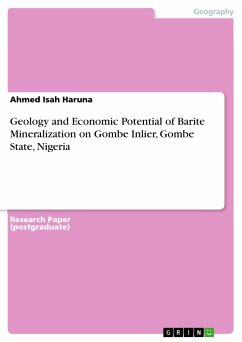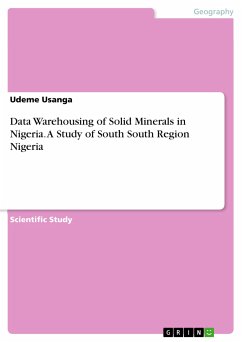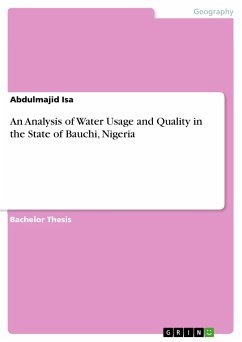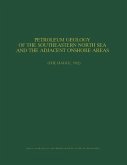Project Report from the year 2017 in the subject Geography / Earth Science - Geology, Mineralogy, Soil Science, grade: 5.0, , course: Geology, language: English, abstract: This study is aimed at determining the geology and depositional environment of Ameki Formation in Bende and environs through field descriptions, textural analysis and Palynological analysis. The mapped area which covers an area of about 180sq km and is located around Bende, southeastern Nigeria. The study area is bounded by Longitude 07° 30` E and 07° 43` E and Latitudes 05° 30` N and 05° 39` N. The area is underlain by Paleocene Imo Formation and Eocene Ameki Formation. The Ameki Formation is a clastic unit that overlies the marine Imo Formation and it consists of sandstone, shales, limestone, ironstone and siltstones. The Eocene Ameki Formation in southeastern Nigeria consists, in its type locality of five lithologic units; calcareous sandstone, pebbly bioturbated sandstone, grey-dark shale, argillaceous sandstone and pebbly sandstone. The floral, faunal and lithologic studies of the Eocene Ameki Formation suggest sediments deposited in a continuity from nearshore (barrier-ridge estuarine complex) to shallow marine (intertidal and subtidal zones) environment. The sieve analysis unveils that the univariate parameters indicate a fluvially intercepted shallow marine environment with tidal crosscuts, the log probability plots suggest tidal environment while from the bivariate plots; a beach influenced fluvial environment is interpreted. The pebble morphological analysis showed that the pebble clast have being shaped by beach action as revealed by the bivariate scatter plots of pebble form indices while in multivariate aspect a fluvially dissected shallow marine environment with tidal interferences was interpreted. The palynological analysis indicated a marginal marine source for the sediment and that the formation (Ameki) is Eocene in age.
Dieser Download kann aus rechtlichen Gründen nur mit Rechnungsadresse in A, B, BG, CY, CZ, D, DK, EW, E, FIN, F, GR, HR, H, IRL, I, LT, L, LR, M, NL, PL, P, R, S, SLO, SK ausgeliefert werden.









